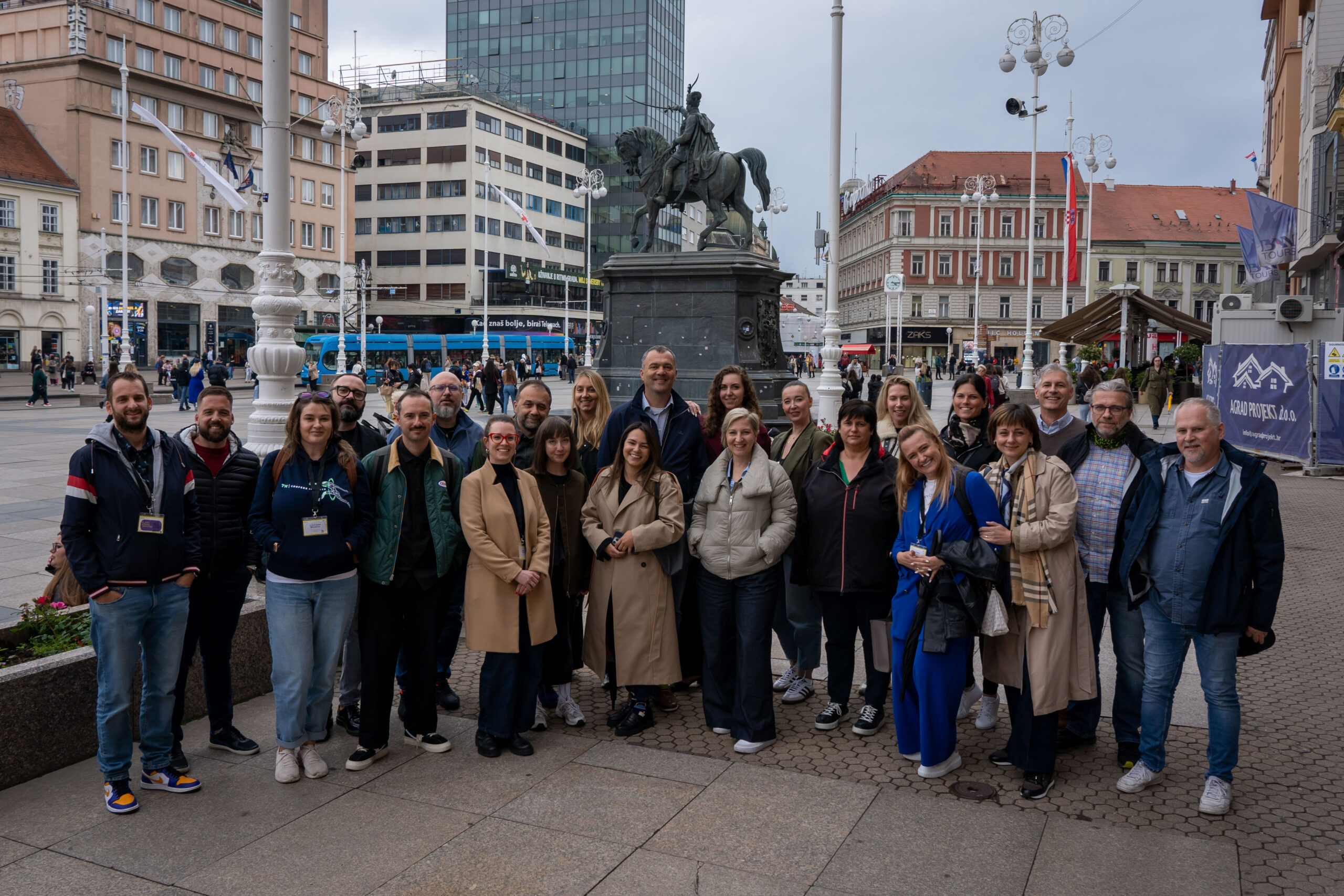What are the differences between Millennials in the West and in Central and Eastern Europe? weCAN agencies compared the features that characterize them in different regions.
Long gone the days when young people in Central and Easter Europe marched at state festivities under the aegis of the Czechoslovak ČSM, the Hungarian KISZ, the Polish ZMP and other socialist youth movements. After the transition, the authoritarian paternalism of the socialist state that had structured practically every aspect of young people’s lives from leisure time to cultural consumption gave place to freedom of choice. Today, Millannials – people who were born between 1980 and 2000 – in the region can construct their identities in an expanding world of options as much as their Western peers. The two groups are remarkably similar regarding their leisure time activities, with mobility being the centre of their lives, and in their vision of an uncertain future. The milestones of transition into adulthood that characterized the previous generation’s life (getting a job, buying a home, getting married, having kids) turned upside down for many. Instead of following a standard path, Millennials now create their own version of adulthood in the East, and in the West likewise.Personal values, financial situation and family home
Western and Eastern European Millennials differ a lot from each other in respect to their values. Young people’s mentality in the CEE region is shaped by the legacy of socialism and the transition from command economies into capitalist societies, the period in which they grew up. As a 2014 study pointed out, Millennials in post-Soviet countries are characterized by individualism and a great need for self-realization, while craving for conservatism and conformity – a constellation of values that analysts consider a reaction to the uncertainties of the transition period. According to another interpretation, young people long for predictability that determined life in the socialist era, which they know indirectly, through their parents’ accounts. Millennials in Western Europe, however, are more open to change and are more risk-taking and altruistic. Their financial situation is different as well, as young people have less economic resources in Central and Eastern Europe than in the West. Eurostat’s data show that people aged 16-34 is less satisfied with their financial situation in the CEE region than in the EU-15 member states. Their current means also determine the way they see the future: 60% expect to have to continue working indefinitely and think that will not have enough money to retire. This figure is rather high in the US and in Western Europe, too, where half of Millennials think likewise. Central and Eastern European countries’ lower economic output determines the time when young people leave the nest. In the region, this important moment of adulthood happens at the end, rather than at the beginning of their twenties, similar to Spain, Portugal and Italy. While in France, Germany and the UK the average age of Millennials leaving their parents’ house is 23-24, in Hungary and Poland it is 28-29 and in Slovakia it is 31. Contrarily to Southern states, this also tells a lot about their parents’ financial means: young people often live at home longer to support their parents financially.Why are they important?
By 2025, Millennials will comprise 75% of the global workforce. But we should not forget that many of them are already active players in the labour market and have independent purchasing power. Currently in the European Union, there are 123 million people aged 15-34, constituting 24% to the total population. Around 95 million of them live in the EU-15 countries, and 27 million in Central and Eastern European member states. However, taking into account the entire region, including Russia, Ukraine and Serbia, this figure suddenly grows to 83 million, which does not significantly lag behind the numbers of the EU-15 states. In addition, in the East they come out at a higher percentage of the total population than in the West. While in the EU-15, they account for 24%, the average of weCAN countries – Bulgaria, Czech Republic, Estonia, Croatia, Poland, Latvia, Lithuania, Hungary, Russia, Romania, Serbia, Slovakia, Slovenia and Ukraine – is 26%. In certain countries like in Russia and Slovakia, it even reaches 29%.
[caption id="attachment_2474" align="aligncenter" width="502"] Percentage of Millennials of the total population in Europe and Russia[/caption]
Percentage of Millennials of the total population in Europe and Russia[/caption]
So Generation-Y’s size – both proportionally and quantitatively – is rather significant in Central and Eastern Europe, and they represent an increasing purchasing power in these markets.
 Percentage of Millennials of the total population in Europe and Russia[/caption]
Percentage of Millennials of the total population in Europe and Russia[/caption]












